A Tepee-Style House in the Heart of the Mountains
Architect Issei Suma designed Jikka, an entirely wooden structure, to welcome elderly people from the Shizuoka region.
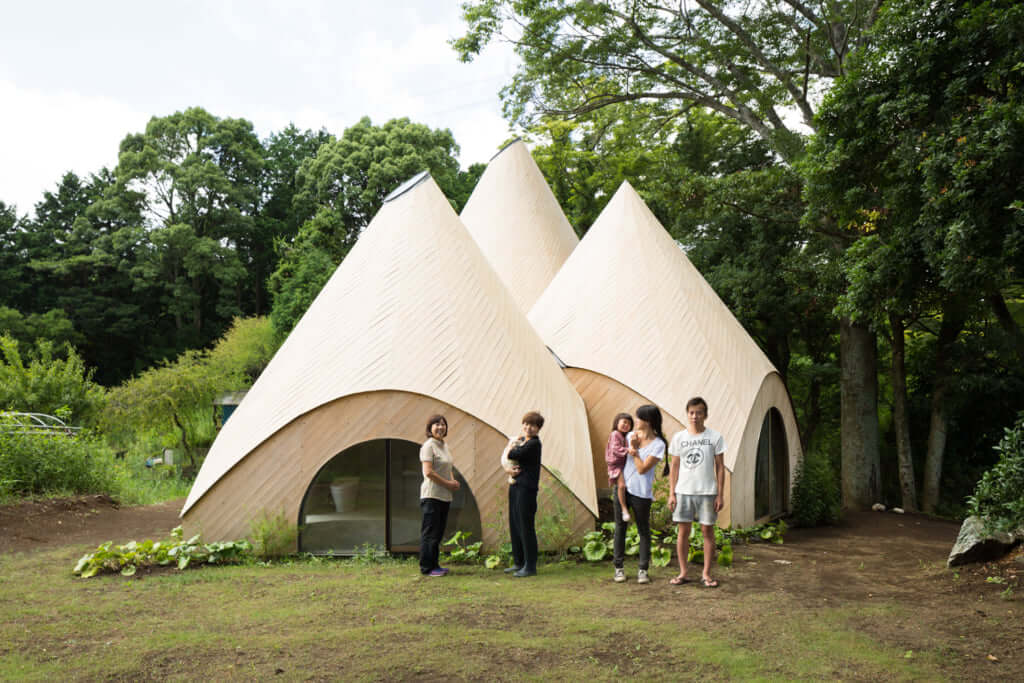
© Takumi Ota
In the heart of the mountains in Shizuoka Prefecture, not far from Mount Fuji, stand five wooden cones that resemble tepees. These structures, which look as they have come straight from the imagination of Hayao Miyazaki, are in fact the work of Japanese architect Issei Suma. Two women asked him to design a space that they could use to live in, but also to serve their community by rebuilding a social connection between lonely people.
Issei Suma did exactly that through this architectural project consisting of five interconnected tepees with a total surface area of 100 m2, which goes by the name of Jikka. The two sixty-somethings, one of whom is a former social worker and the other a cook, invite inhabitants from the surrounding area, many of whom are elderly and isolated, to come and spend time with them, whether for an afternoon coffee or for several days (one of the tepees serves as a guest room).
Elderly people can therefore escape loneliness for a while by forging new connections with the residents of Jikka and the other inhabitants who come to visit. The duo also offer a meal delivery service for those unable to leave their house, or who prefer to stay in the comfort of their own home.
An architectural structure that blends in with nature
This is, therefore, an ethical project that Issei Suma intended to be ‘as unembellished as a primitive hut, but also as holy as a chapel’. With their high ceilings and a window that allows natural light to flood in, the tepees have also been designed to offer as many openings as possible onto the surrounding natural environment. Their external wooden cladding enables them to blend into the landscape, while their concrete interior gives them a very modern feel.
The project comprises a main tepee with a kitchen and dining room, two tepees that serve as the living spaces for the two owners, and a final tepee that contains a guest room. The latter tepee also houses a spiral-shaped pool that is accessible to wheelchair users, just like all the other rooms in the residence.
This quite extraordinary place is innovative both architecturally and socially.
More information on Jikka, a project by architect Issei Suma, can be found on his website.
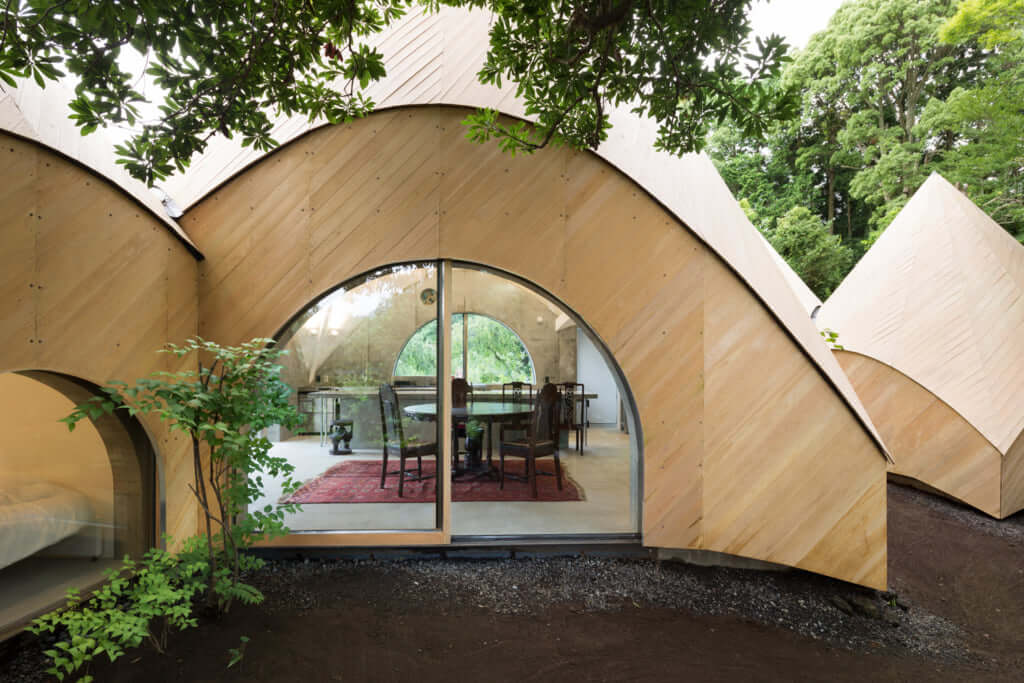
© Takumi Ota
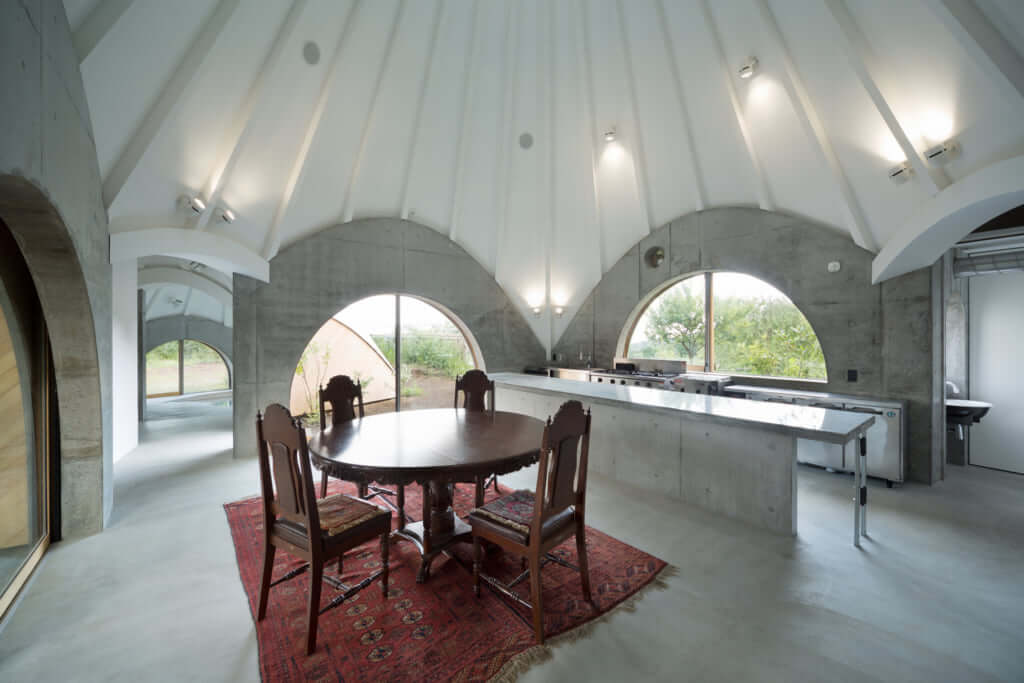
© Takumi Ota
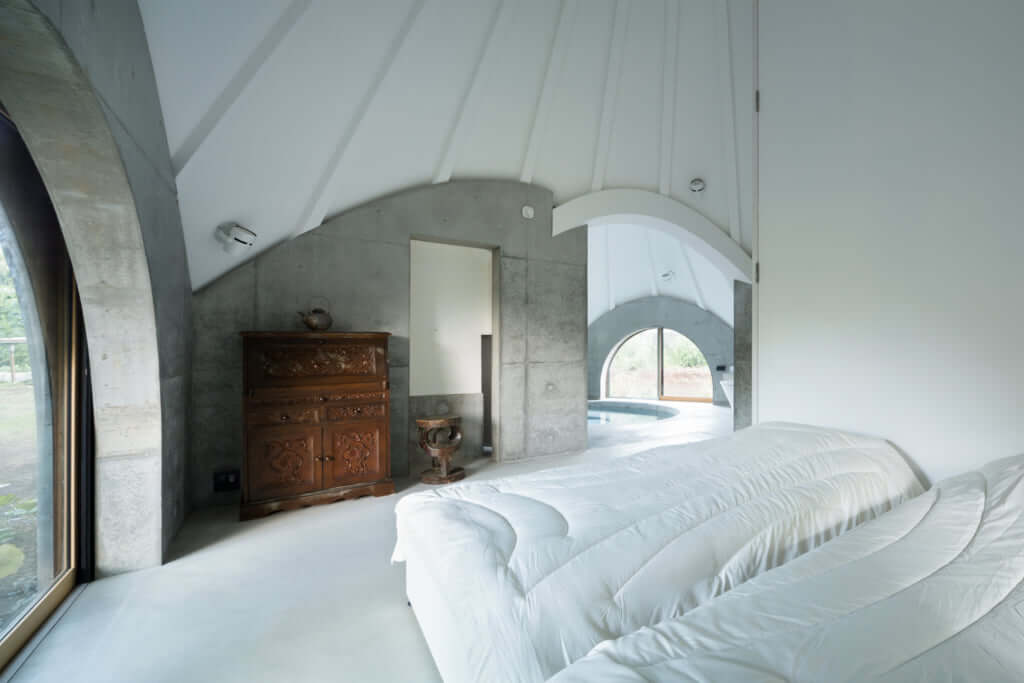
© Takumi Ota
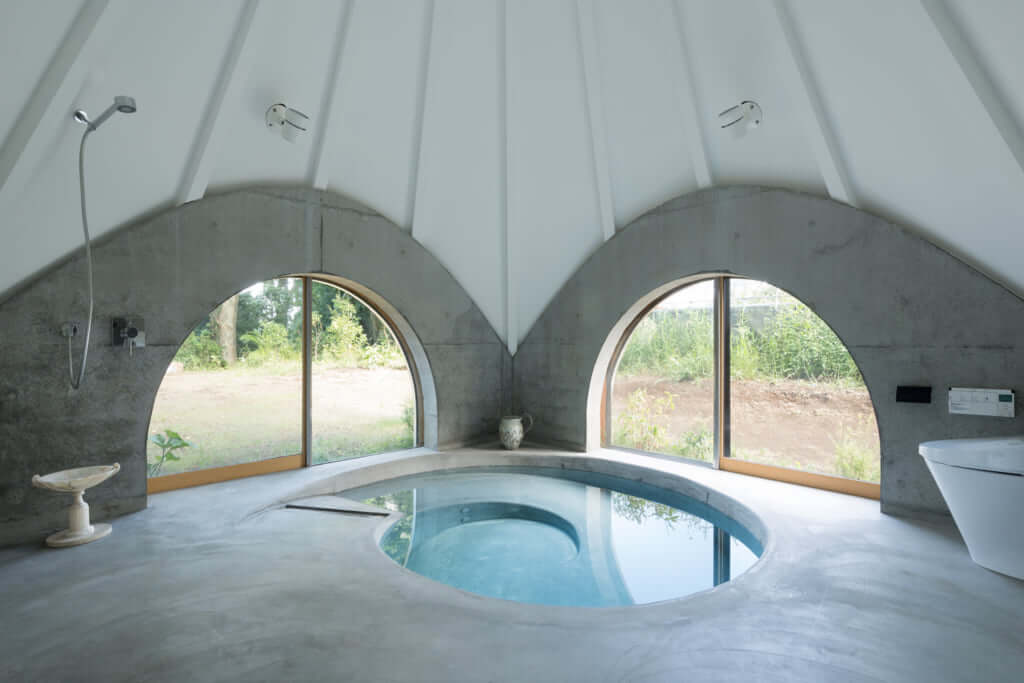
© Takumi Ota
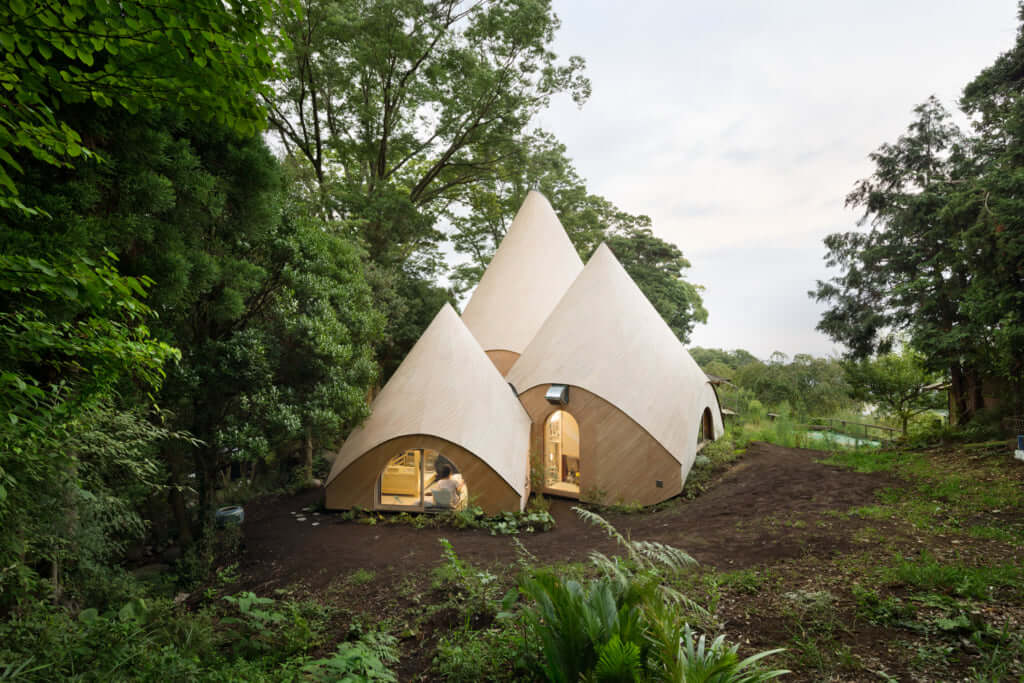
© Takumi Ota
TRENDING
-
A House from the Taisho Era Reveals Its Secrets
While visiting an abandoned building, Hamish Campbell discovered photographs the owner had taken of the place in the 1920s.

-
The Taboo-Breaking Erotica of Toshio Saeki
The master of the 1970s Japanese avant-garde reimagined his most iconic artworks for a limited box set with silkscreen artist Fumie Taniyama.

-
With Meisa Fujishiro, Tokyo's Nudes Stand Tall
In the series 'Sketches of Tokyo', the photographer revisits the genre by bringing it face to face with the capital's architecture.

-
Masahisa Fukase's Family Portraits
In his series ‘Family’, the photographer compiles surprising photos in which he questions death, the inescapable.

-
Hajime Sorayama's Futuristic Eroticism
The illustrator is the pioneer for a form of hyperrealism that combines sensuality and technology and depicts sexualised robots.





